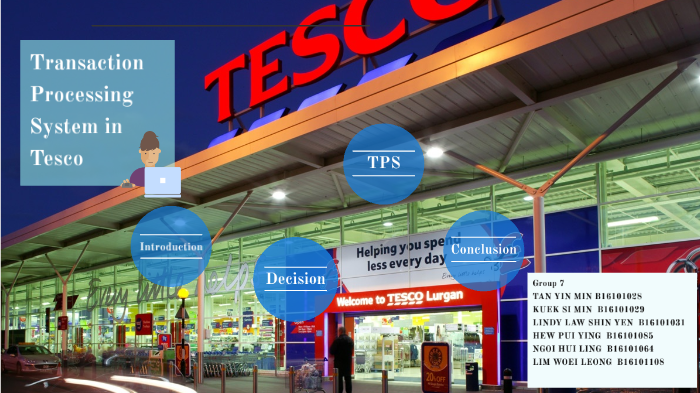A transaction processing system (TPS) is a type of information processing system that is designed to handle a large number of transactions quickly and accurately. It is a critical component of many modern businesses, as it enables organizations to record, process, and analyze financial transactions in a timely and efficient manner.
There are several key components of a TPS, including the database, application programs, and hardware. The database is a central repository of information that is used by the TPS to store and retrieve data. It is typically organized in a structured manner, such as a table or spreadsheet, to facilitate efficient processing of transactions.
Application programs are used to process transactions and perform tasks such as input validation, data manipulation, and reporting. These programs can be customized to meet the specific needs of an organization, and may include features such as data security, error checking, and audit trails.
Hardware is the physical equipment that is used to run a TPS. This may include servers, storage devices, and other computer hardware. It is important for the hardware to be reliable and fast, as it plays a crucial role in the overall performance of the TPS.
There are several benefits to using a TPS. First and foremost, it allows organizations to process transactions quickly and accurately, which can improve efficiency and reduce the risk of errors. In addition, a TPS can provide valuable insights and data for decision making, as it can generate reports and analytics on financial performance and other key metrics.
Despite the many benefits of a TPS, there are also some potential drawbacks. One concern is the cost of implementing and maintaining a TPS, which can be significant. Additionally, there is the risk of security breaches or data loss, which can have serious consequences for an organization.
In conclusion, a transaction processing system is a valuable tool for organizations that need to process large numbers of transactions quickly and accurately. While there are costs and risks associated with using a TPS, the benefits of improved efficiency, data analysis, and decision making can far outweigh these drawbacks for many businesses.







